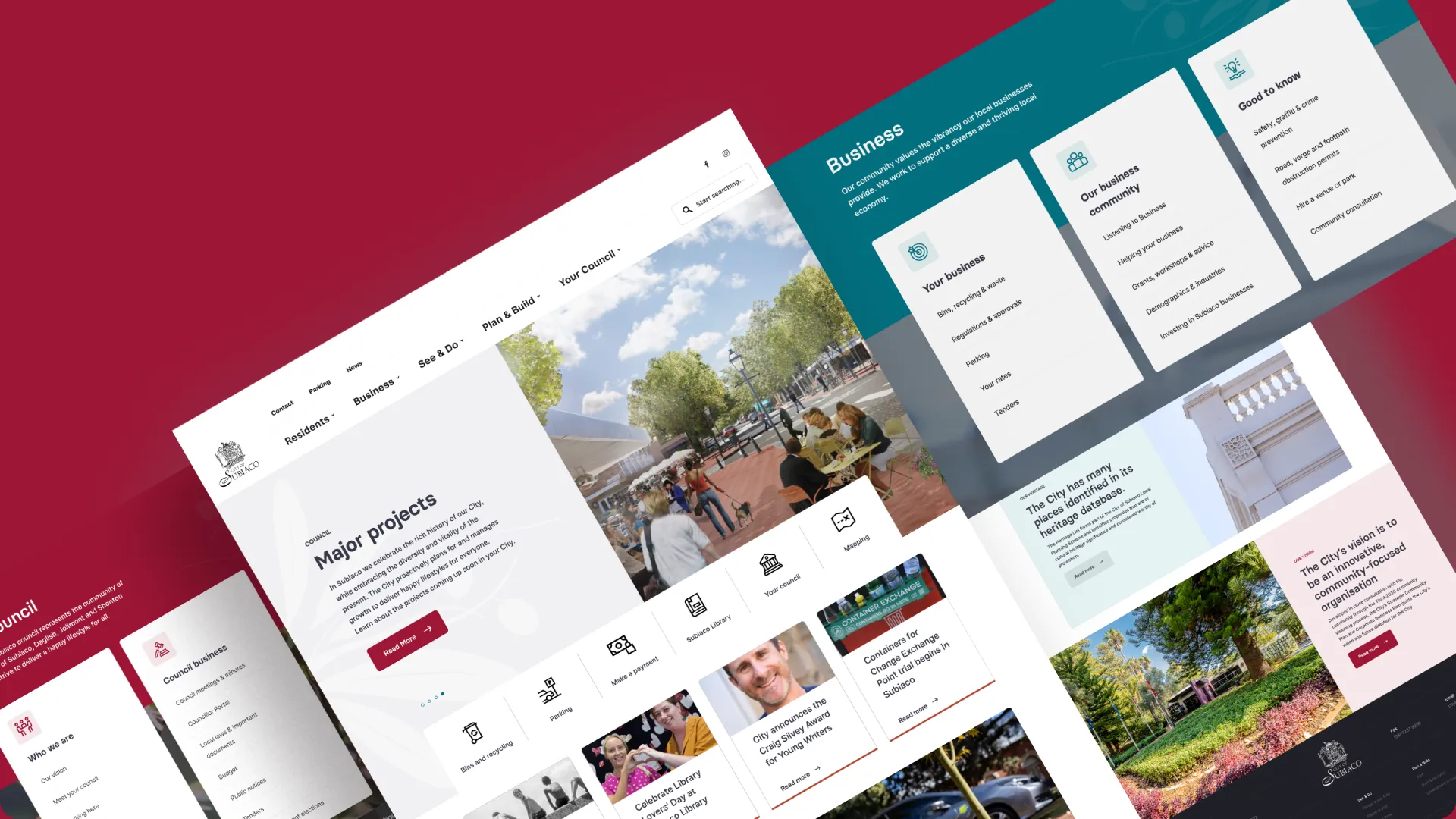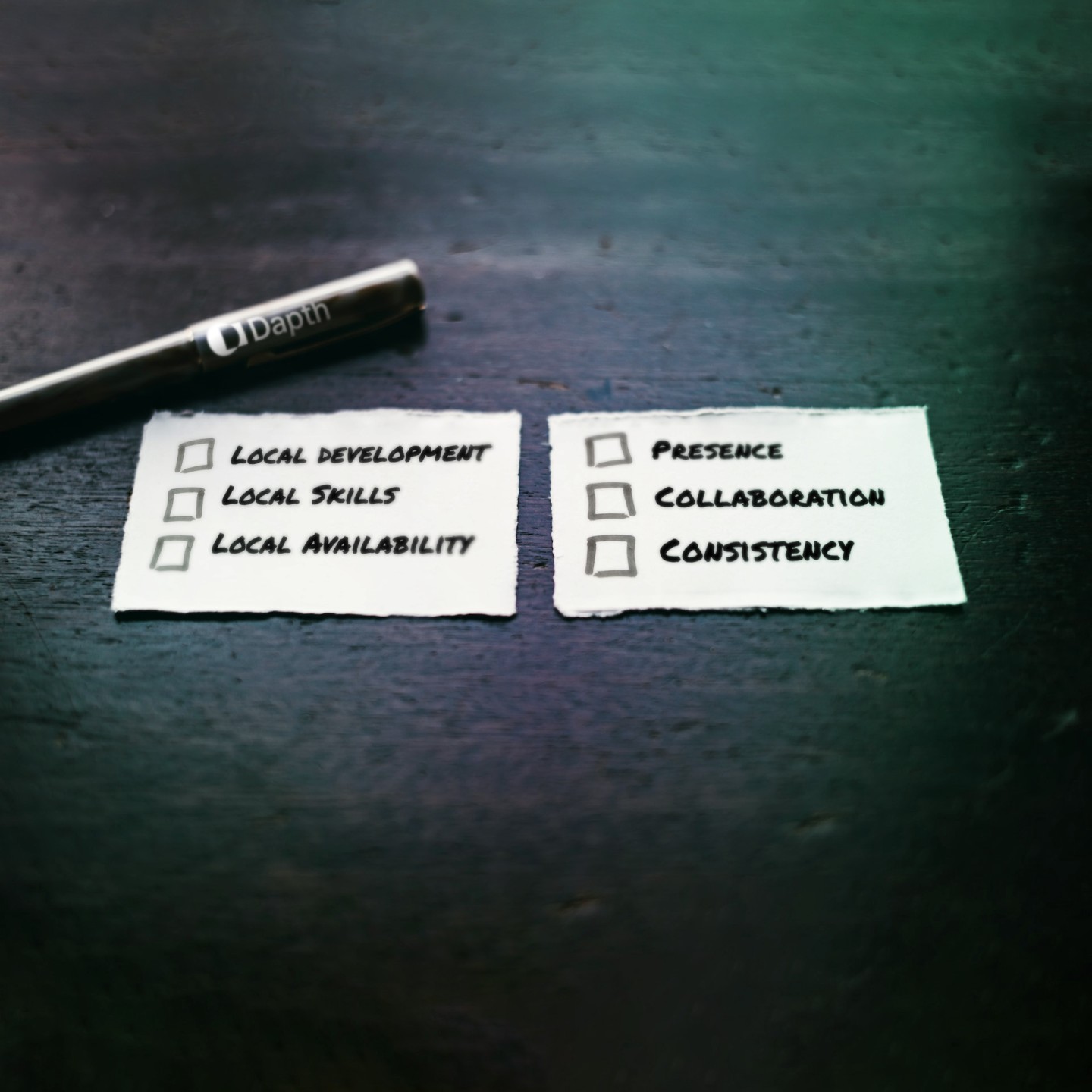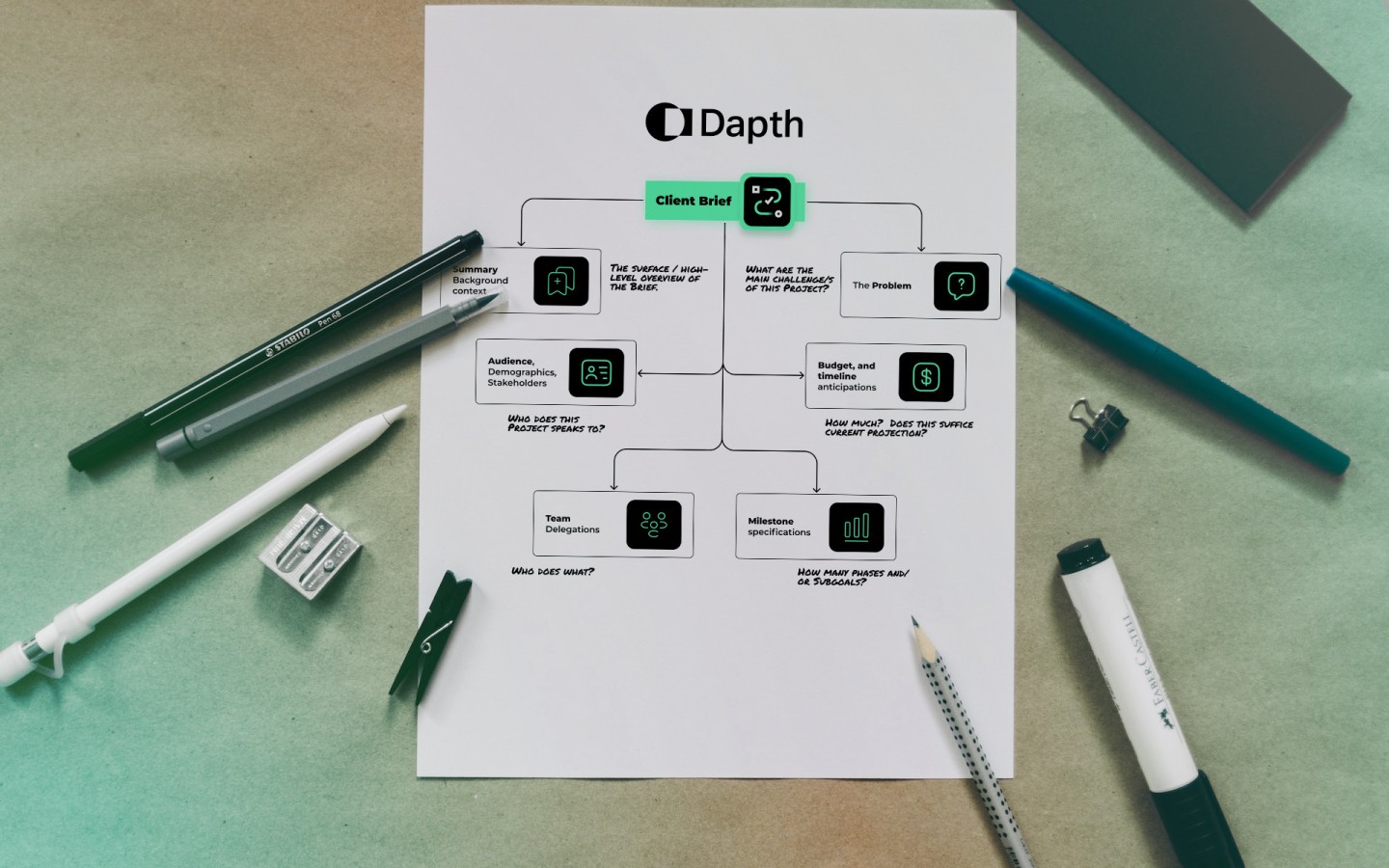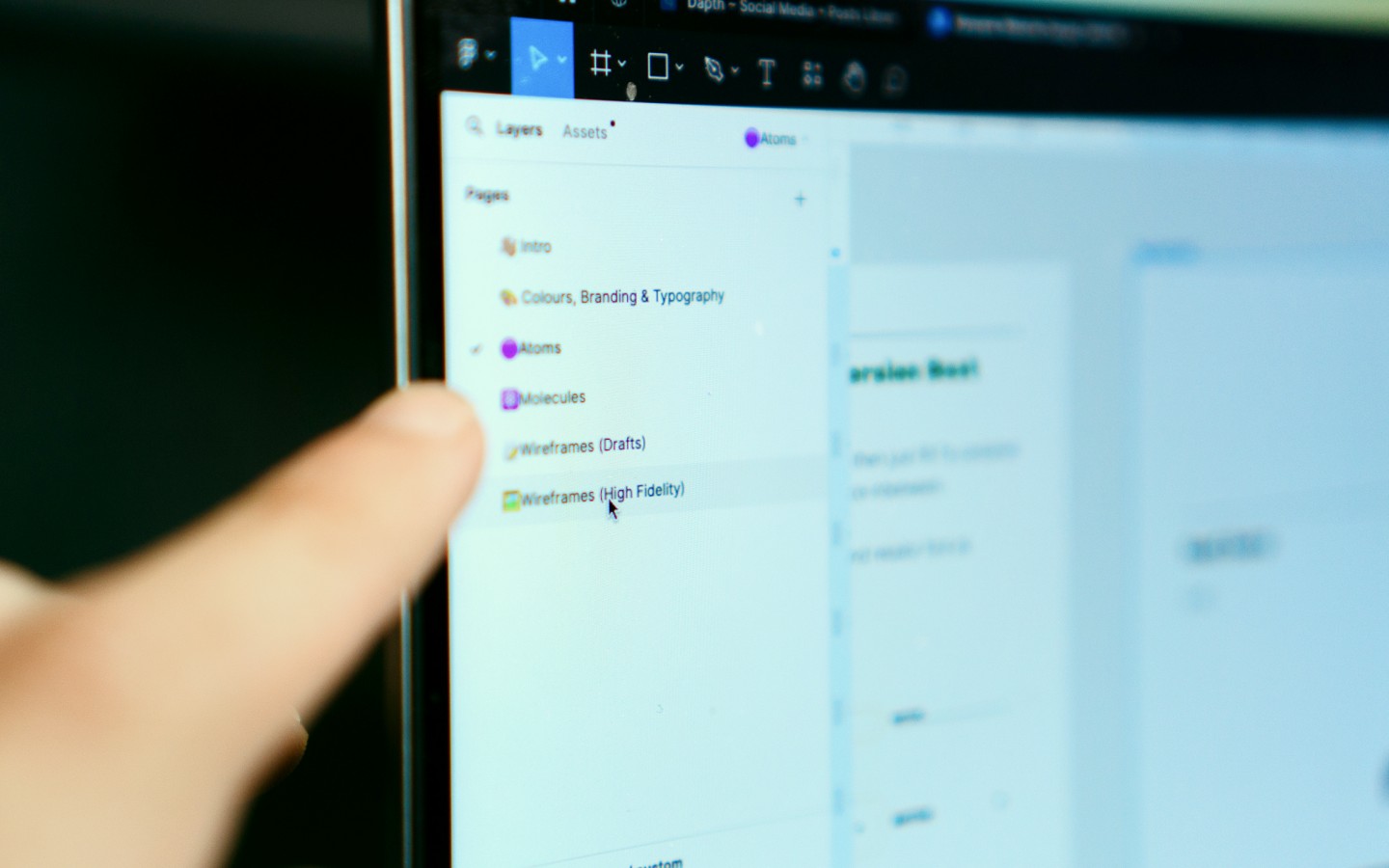
Your digital revolution starts here.
A sunset in real life will always beat the most beautiful computer-generated image. A hike up a mountain has an impact that a drive up a mountain never will.
If you want your business to thrive, though, there are certain advantages the old-fashioned strategies can never offer. That's why a strong digital line-up of digital assets is so important.
How do you start building your digital strategy? How do you know what will and will not boost your business? It's a more complex task than you might expect.
Start with these clear steps.

Your digital strategy needs to begin with a thorough inventory of your competitor's strategies.
1. Research your Competitors
You need to know what you're up against if you're going to succeed above your competitors.
So, your digital strategy needs to begin with a thorough inventory of your competitors' digital strategies. Research what they're doing and who their customers are. Find out what their customers love about their digital services and what they think is lacking.
2. Get to Know Your Audience
The purpose of your digital strategy is to better serve your customers, but you can only do that if you know what your customers want!
Do extensive research into your customer base and define your ideal customers as much as you can. Identify the best ways you can serve them with your digital assets.
3. Create Customer Personas
A customer persona is a way to get to know your target audience and find better ways to meet their goals online. In creating a customer persona, you create a fictional "person" who embodies your ideal customer. You envision the person's family structure, occupation, interests, lifestyle, income level, and more. This helps you gain a more thorough view of your ideal customer and determine how you can cater your digital strategy to them.
4. Identify Your Space
With all that knowledge of your competition and your customer base, you can now find your niche in the market. What are your competitors missing in their digital services? What types of digital services would your customers appreciate? What could set your digital strategy apart from others and fill a gap that no one else is filling?
This tells you where to focus your digital strategy.
5. Establish Your Customer Pipeline
You might call this a "customer journey" or "sales funnel," but it's the same general idea. You need to know the process your prospects go through to become your customers. In terms of your digital strategy, focus on the digital path your customers follow.
For example, perhaps it starts when a customer finds your website. Their next step may be to watch a demo of your services, then they sign up for an account to get a free trial. And, if all goes well, they transition from that free trial to a paying customer.
6. Take Stock of Your History
Chances are you've done some amount of digitization in the past. Now is the time to dust off those records. What digital services have you offered in the past? Dive into the data that shows which efforts were successful and which weren't.
From here, you can make predictions about what will strike a chord among your customers in your new digital strategy.

7. Determine Your Key Goals
When setting goals for your digital strategy, it's best to start large and work your way down. What's the big picture? Maybe you want to make a certain product more accessible online. Perhaps you want to reach a market segment that you have missed out on in the past.
When you have your optimal goal, you can prioritise tasks within your digital strategy.
8. Identify Your IT and Hardware Needs
Offering digital services takes more than programming and designing. It takes a variety of IT hardware to maintain them too. Your shopping list will depend on the services you plan to offer, how you want to support them, and the staff you have available to manage them.
This is a critical part of the process because customers have little patience for digital services that don't work well. In fact, most people will leave a website if it doesn't load in three seconds. Yes, you read that right, just three seconds.
9. Research Current Trends
We've talked about getting to know your competitors and audience, but there are other trends that should impact your digital strategy too.
Check out trends like the types of digital services people are using today. Find out the design trends that are attracting and engaging today's users so you can incorporate them into your digital strategy.
10. Develop a Production Plan and Calendar
Now that you have an idea of everything you want to include in your digital assets, it's time to create a plan. Develop a production plan with a clear calendar of what you want to accomplish and when.
Digitising your business is an extensive process, so break down the project into stages to help you feel more in control and less overwhelmed. Make sure you're getting the guidance of someone who knows the production process, and how much time to budget for each step.
11. Start Gathering Data
As with anything you do for your business, you need to know how well your digital strategy is working after it's in place. How? Set up a process to do this from the start.
This could be part of the programming and development, or you may use analytics that are already available. You need an established set of metrics to track for each digital service.
12. Create an Assessment Schedule
What's the purpose of having all that data if you don't use it? There is none.
That's the next step for your digital strategy: scheduling time to evaluate the data and make conclusions. Use the metrics you established to adjust your digital services and make them more effective.
.jpeg)



The easier and more effective way to create your digital strategy.
As you can see, developing a digital strategy is no easy feat. It takes expertise, technical knowledge, the right equipment, and dedicated time. If you don't have all that, it's better to bring in a digital specialist to help.
Call our digital strategy team today to start building your strategy and reaping the rewards for your business.

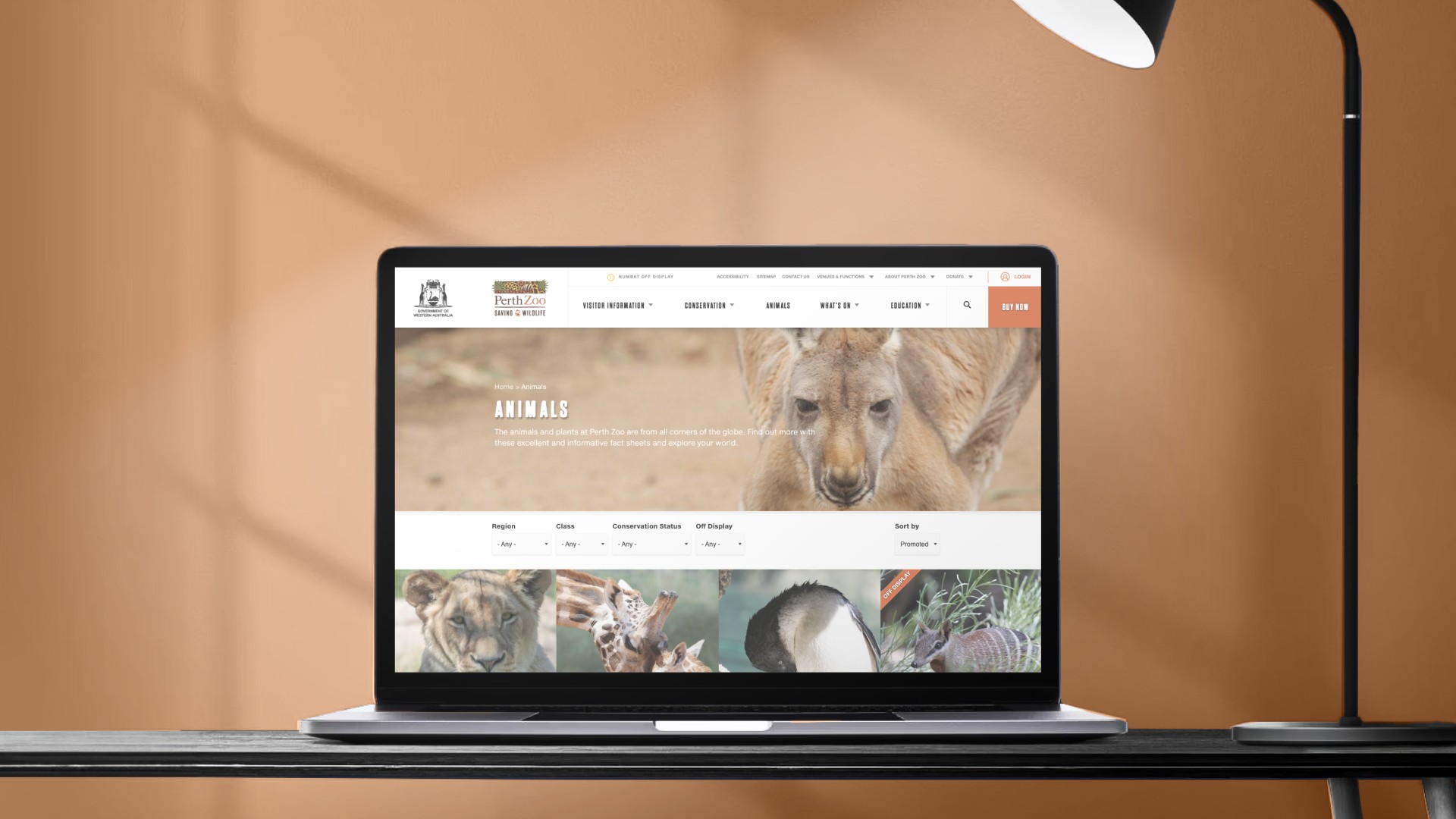

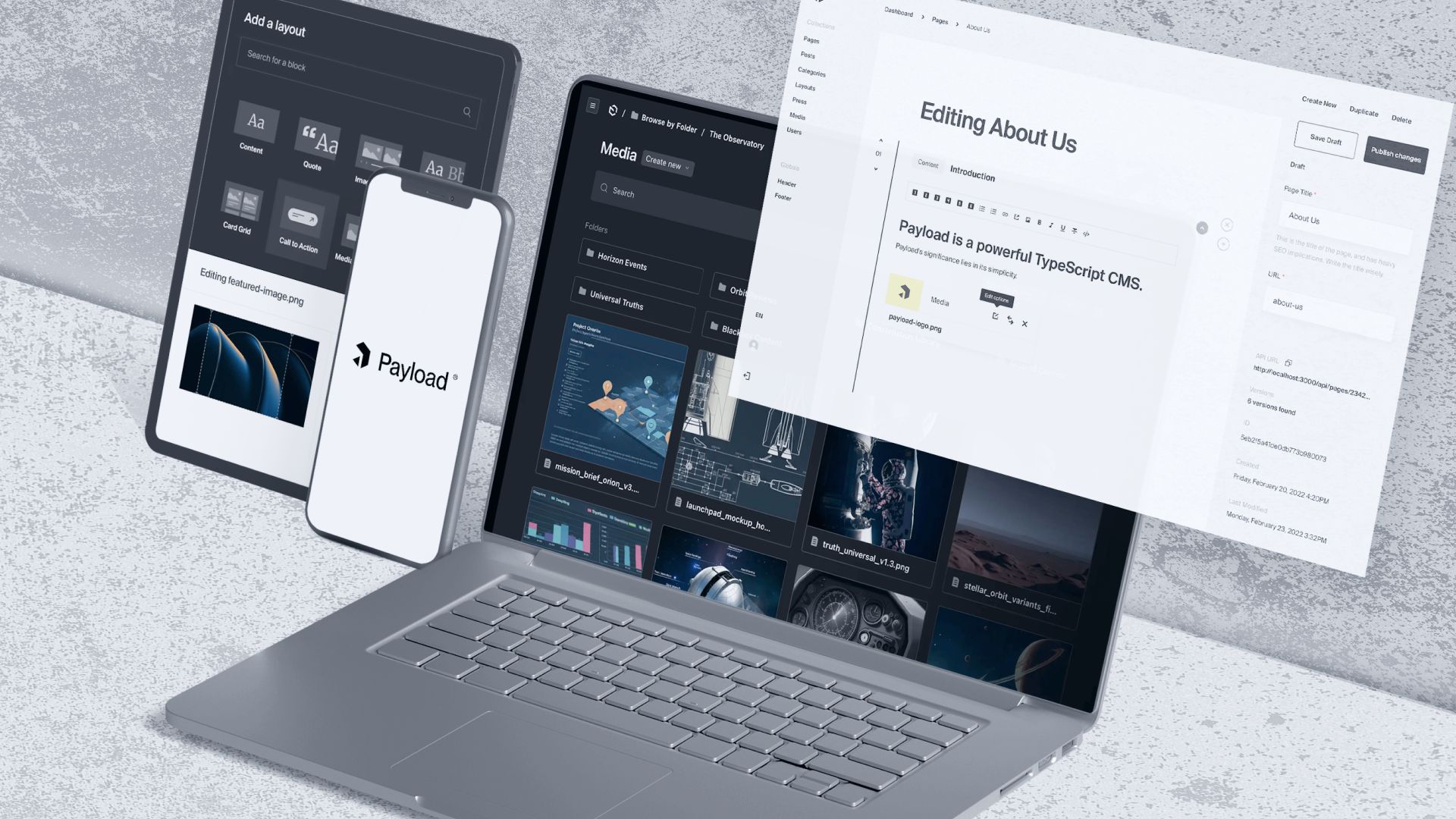


_web.webp)
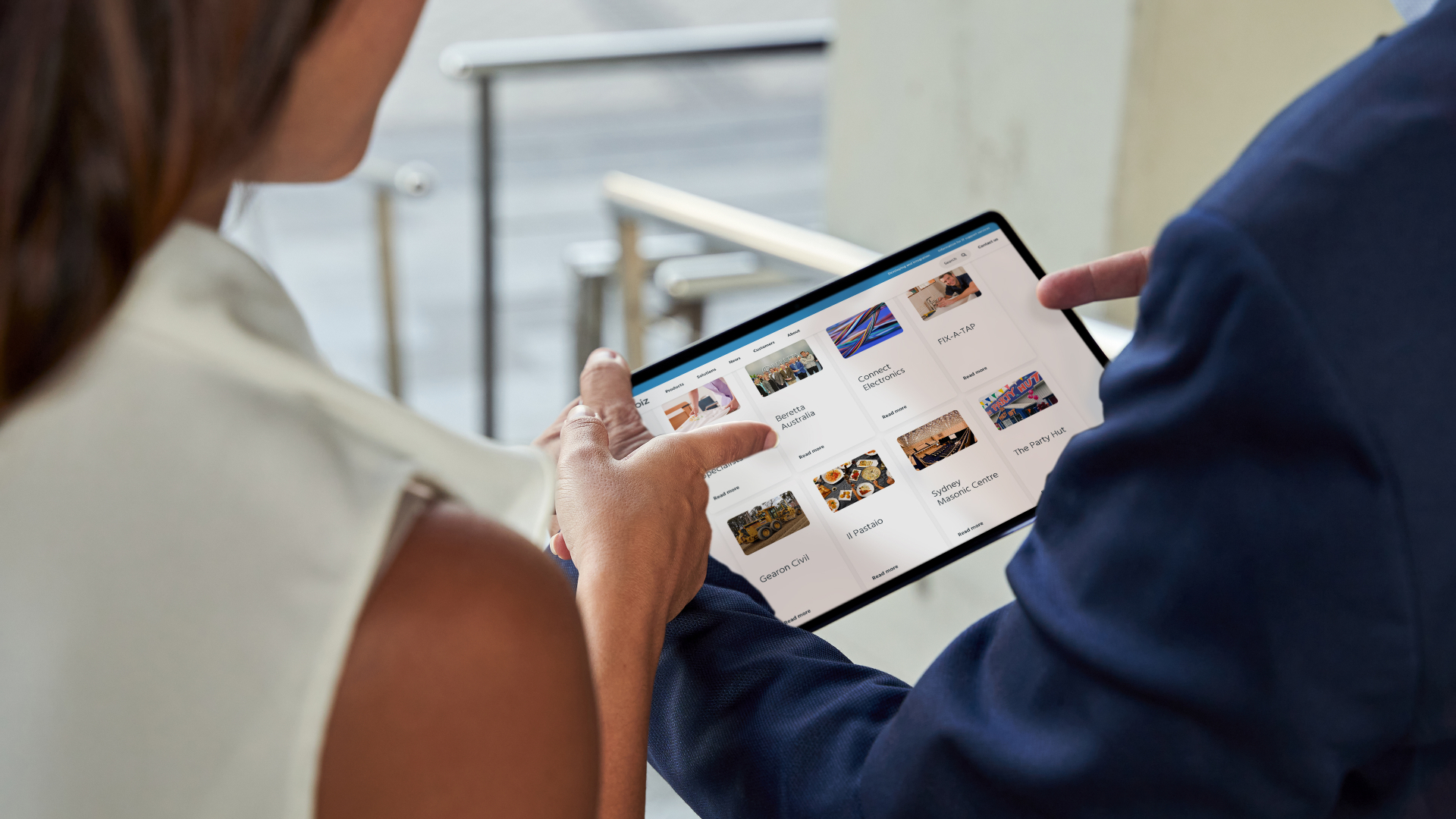
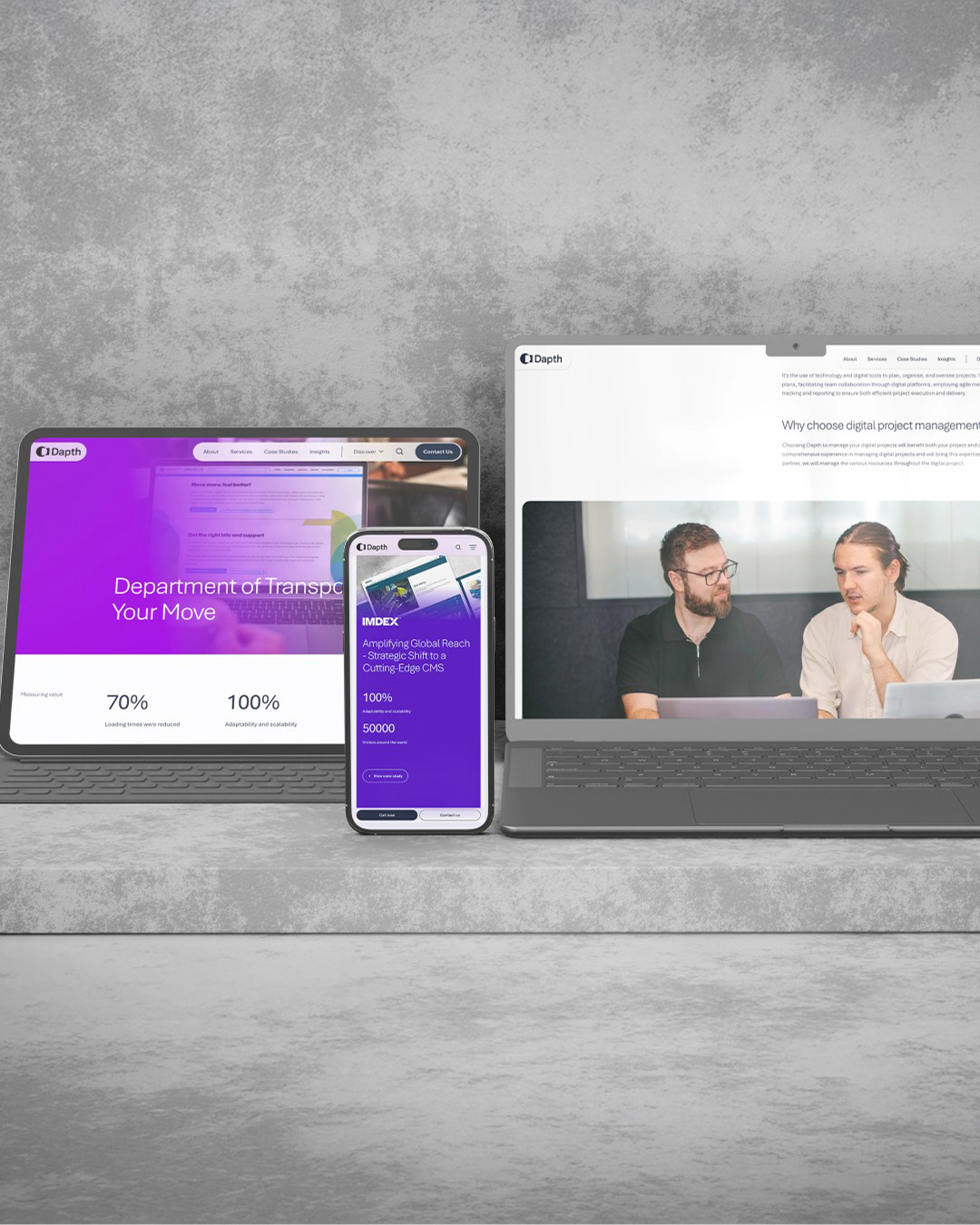























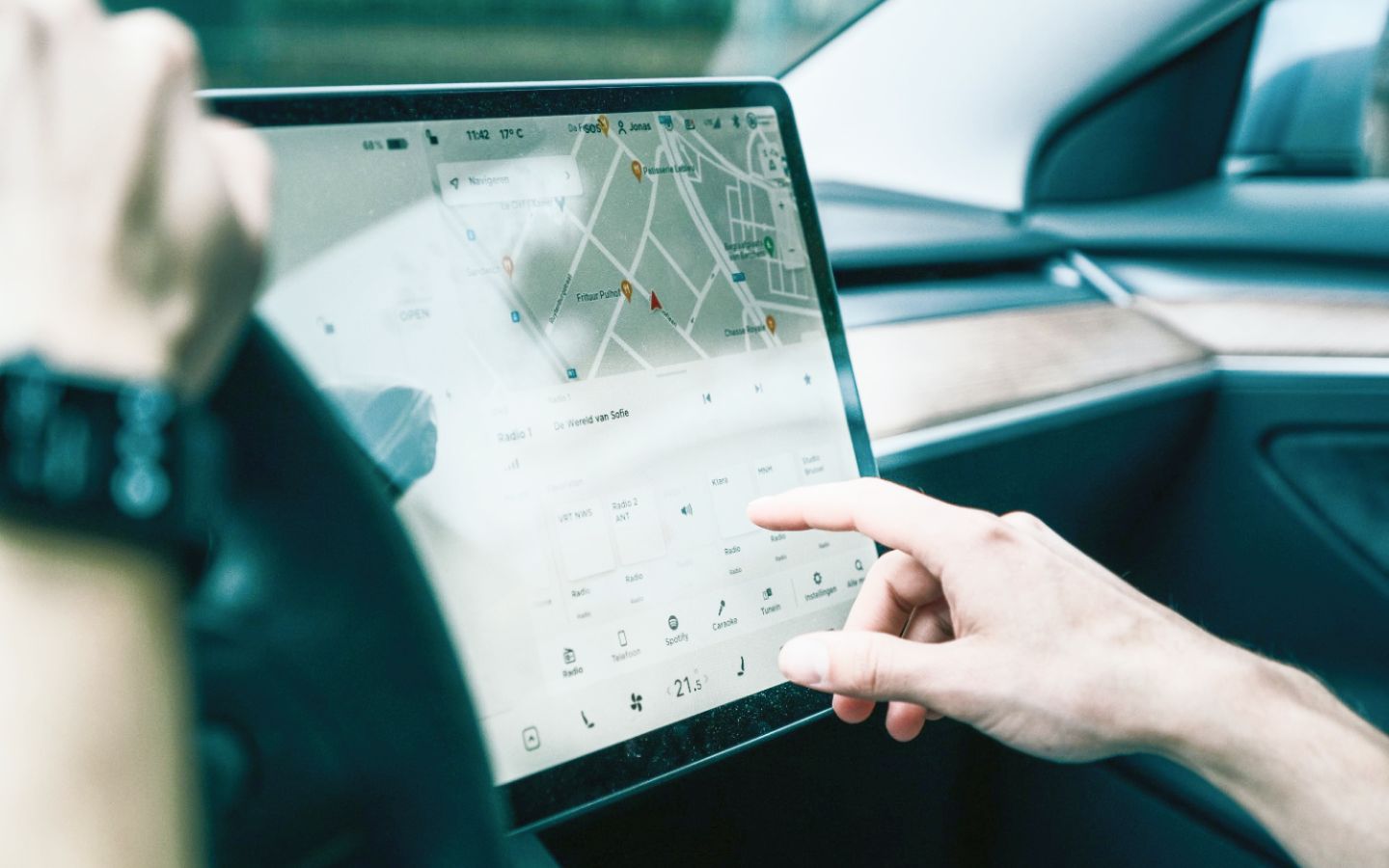




_web.webp)
_web.webp)
_web.webp)

_web.webp)

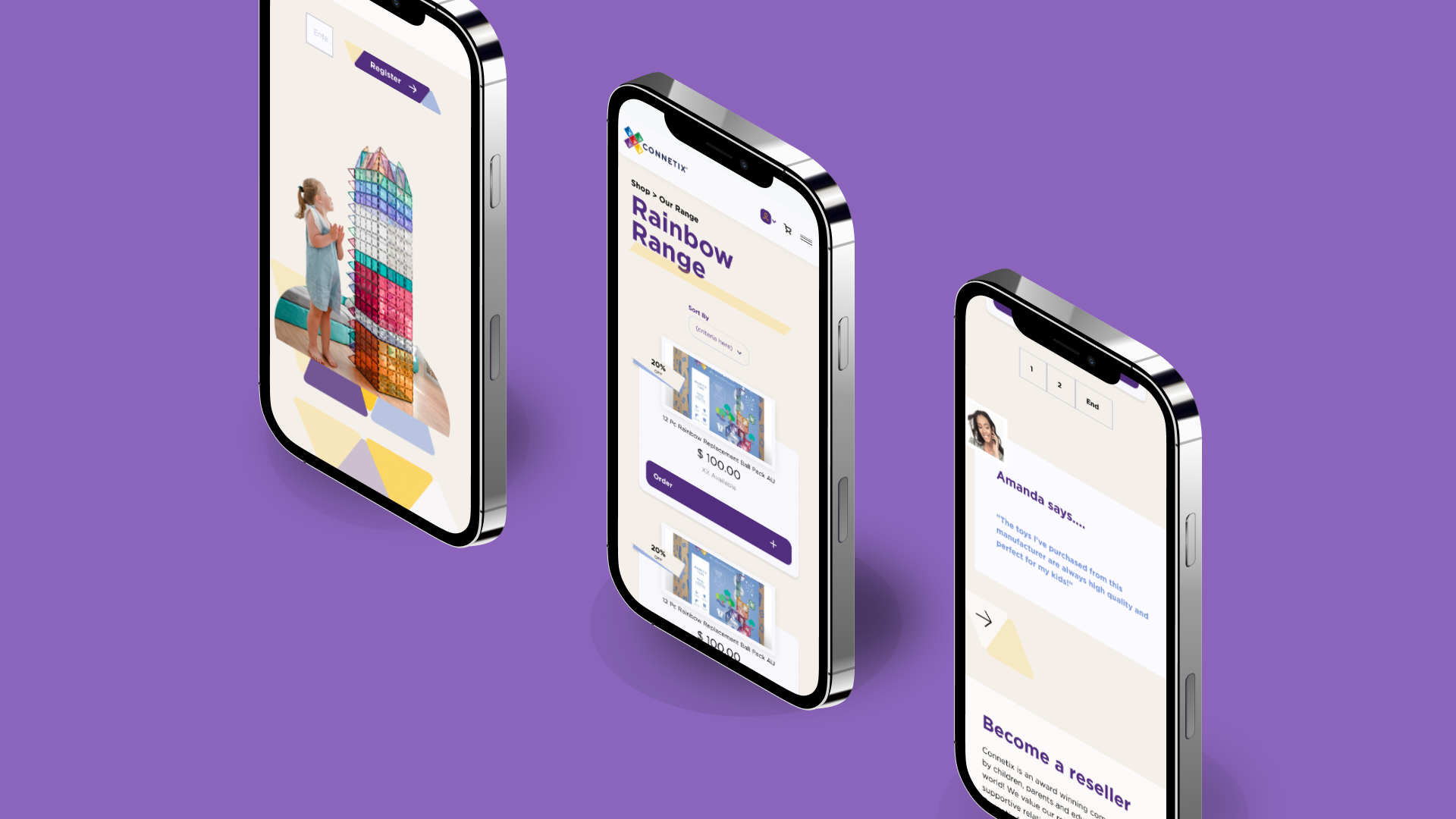
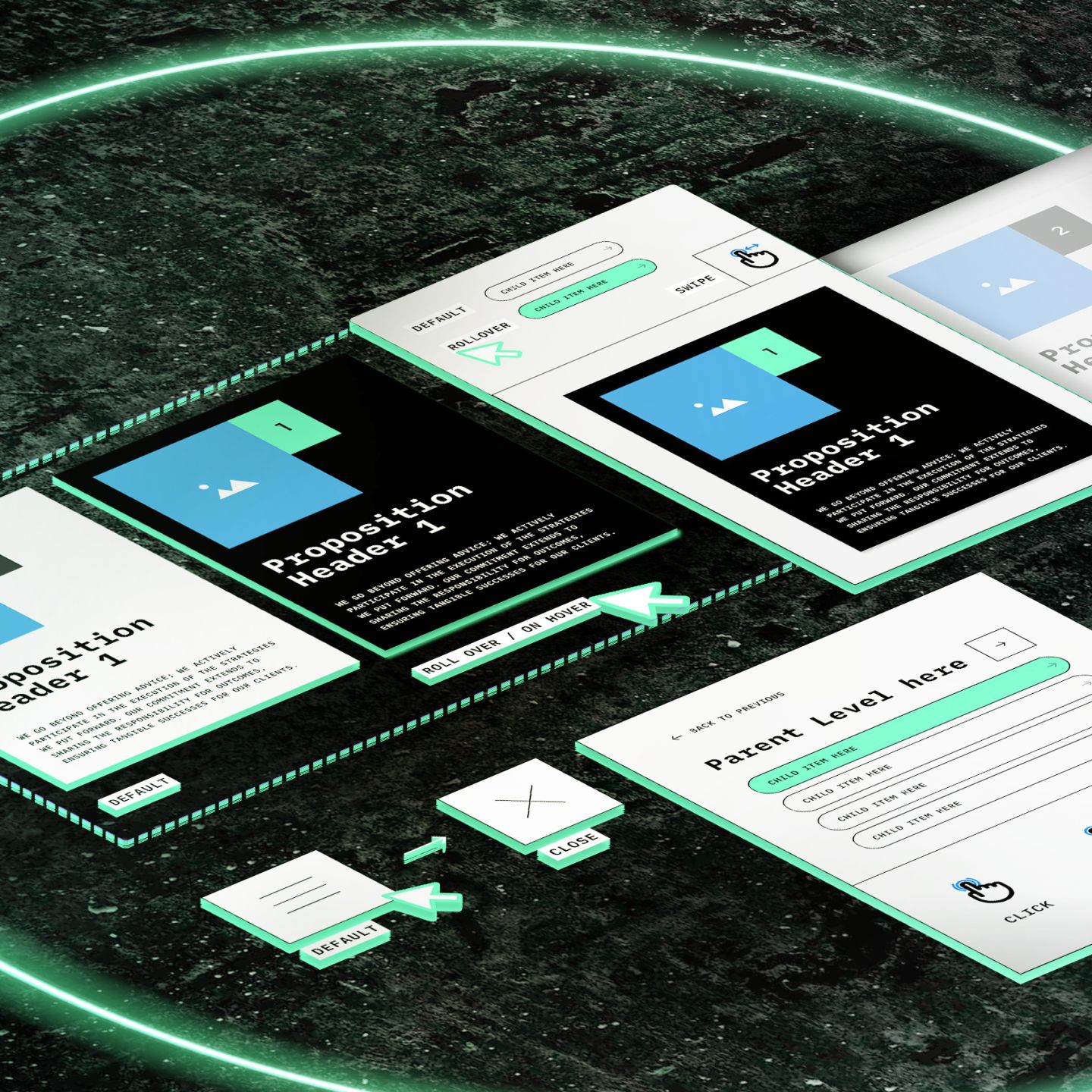
_web.webp)










